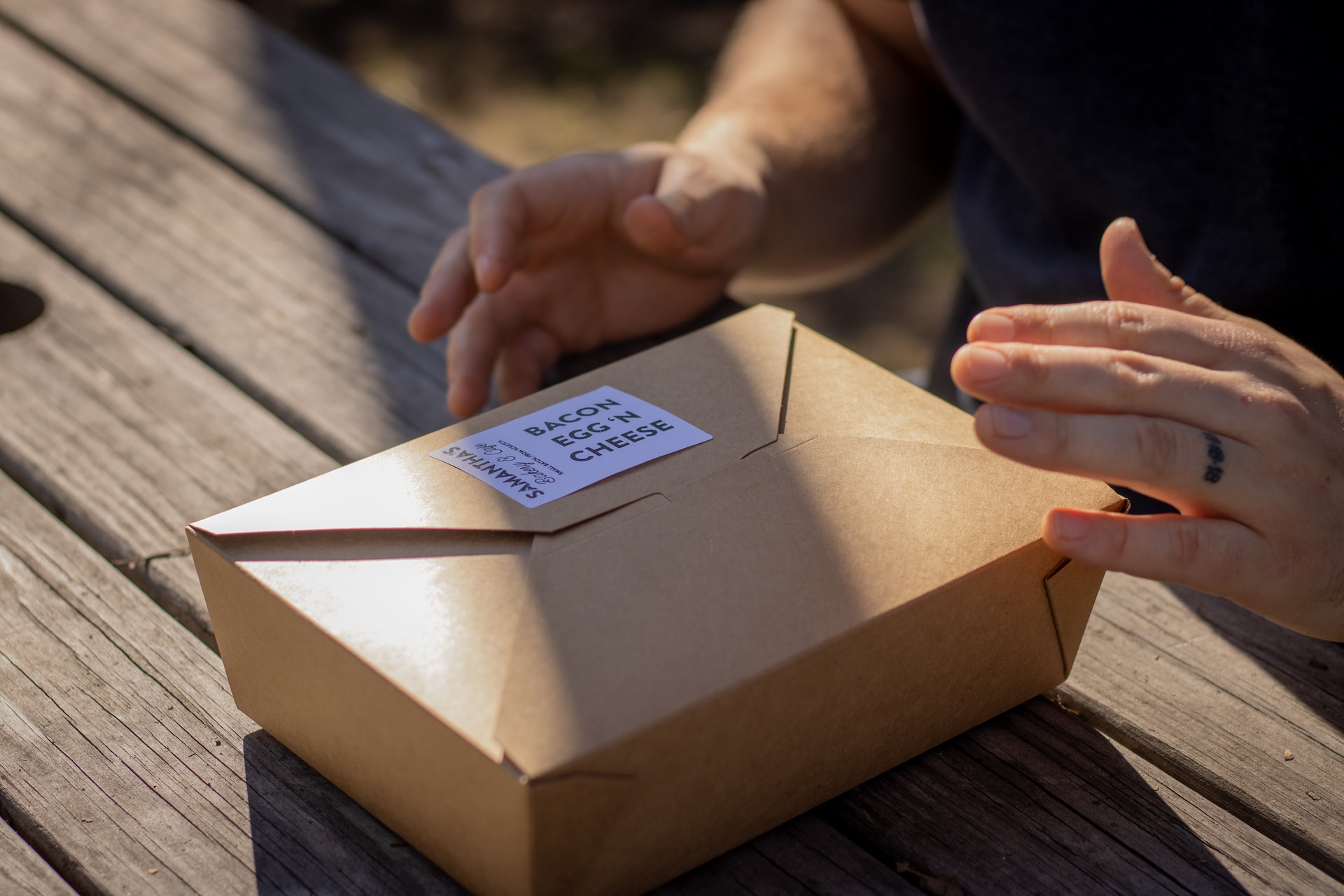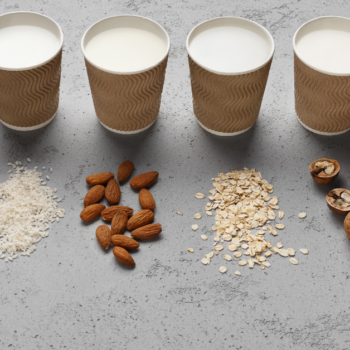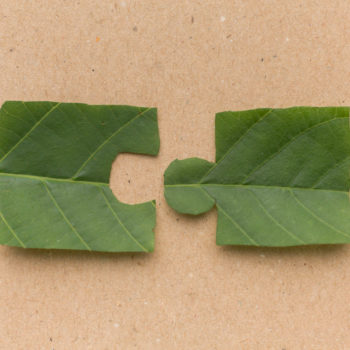|
|
Regarding packaging sustainability, there is a growing concern about the impact of plastic on the environment. With the increasing awareness of the need for sustainable practices, many industries are looking for alternatives to traditional plastic packaging.

Foam industries have emerged as potential suppliers of eco-friendly packaging solutions that aim to reduce the carbon footprint and minimize landfill waste. This article will explore whether foam can be the answer to sustainable packaging.
No to Plastic Packaging and No More Styrofoam

For over 50 years, Expanded Polystyrene (EPS), often recognized as Styrofoam, has been a popular choice for packaging. It’s valued for being sturdy, lightweight, and capable of preserving temperature, resisting water, and absorbing shocks.
This makes it great for keeping perishable items fresh during transportation. It’s widely used, especially in packaging (40%) and insulation. Shockingly, more than 14 million tons of polystyrene are made each year, and over 2 million tons end up in landfills, accounting for 25-35% of all landfill waste.
Also, in recent years, the issue of plastic packaging has gained significant attention due to its damaging effects on the environment. Plastic materials are not biodegradable and can persist in the environment for hundreds of years if not properly recycled. The excessive use of single-use plastic, such as plastic bags and food packaging, has contributed to the mounting waste crisis.
Furthermore, the production of plastic packaging contributes to the emission of greenhouse gases and depletes valuable fossil fuel resources. The packaging industry has long depended on plastic materials for their versatility and affordability. However, the negative environmental impact of plastic packaging has forced companies to seek sustainable alternatives.
Foam as a Sustainable Packaging Material
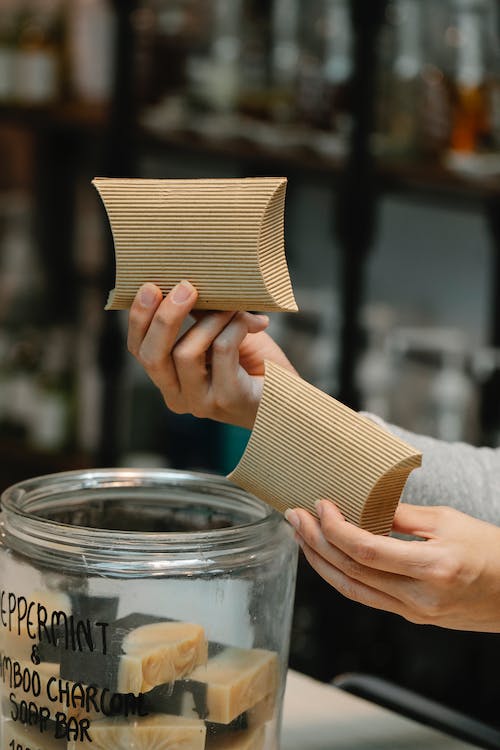
Foam is gaining popularity as an eco-friendly packaging material due to its recyclable and biodegradable properties. Unlike plastic, foam can be easily recycled and transformed into new packaging products. This enables a circular supply chain, reducing the need for raw material extraction and minimizing waste.
One of the most commonly used foam materials is corrugated cardboard, which consists of layers of paperboard sandwiched between layers of fluted cardboard. Corrugated cardboard is lightweight yet provides excellent cushioning and protection for fragile items. It is also easily customizable, making it a versatile packaging solution for various industries.
Styrofoam is another foam material that has gained popularity in the packaging industry. Styrofoam is made from expanded polystyrene, known for its exceptional insulation properties. It is commonly used for shipping perishable goods, as it can maintain their temperature and prevent spoilage during transit.
The Benefits of Foam Packaging
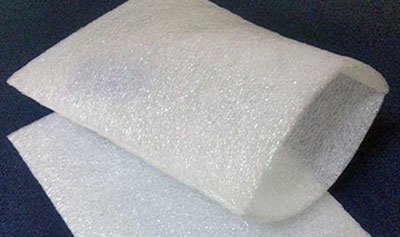
One of the key benefits of foam packaging is its eco-friendly nature. Unlike plastic packaging, foam can be easily recycled and incorporated into new packaging products. This reduces the demand for virgin materials and minimizes the carbon footprint associated with the production of packaging materials.
Foam packaging is also known for its superior cushioning properties. It provides excellent protection for delicate items during transportation, reducing the risk of damage. This is particularly important in industries such as electronics and fragile goods, where product integrity is crucial.
Furthermore, foam is lightweight, reducing shipping costs and fuel consumption. This contributes to a more sustainable supply chain by minimizing the use of resources and reducing emissions.
The Drawbacks of Foam Packaging
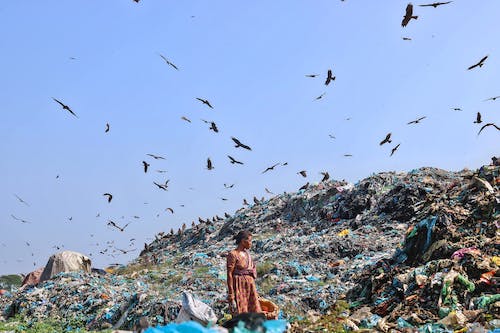
While foam packaging offers numerous benefits, it is important to acknowledge its limitations. One of the main concerns associated with foam packaging is its environmental impact during disposal. Foam products, particularly expanded polystyrene, can take a long time to biodegrade in landfill conditions.
Additionally, producing foam packaging requires energy and raw materials, which can contribute to greenhouse gas emissions if not sourced responsibly. Therefore, foam industries must prioritize using recycled materials and adopt sustainable manufacturing practices.
While foam packaging has its merits, it’s essential to consider more sustainable alternatives. Compostable packaging materials, derived from renewable sources like plant-based bioplastics, provide a biodegradable choice for packaging. For instance, companies like NatureFlex use cellulose films made from wood pulp, offering a compostable and renewable packaging solution.
Recyclable packaging is another eco-friendly option, especially when crafted from recycled materials. Many companies, like Coca-Cola, with their PET plastic bottles, are embracing recyclable packaging to reduce waste and conserve resources.
In addition, innovative packaging designs can be explored to encourage reuse and reduce single-use plastics. Customized packaging solutions tailored to a product’s specific needs enhance the customer experience and minimize packaging waste. For example, Loop, a company partnered with major brands like Nestlé and Unilever, offers reusable packaging options as an alternative to single-use containers.
Frequently Asked Questions
Packaging sustainability refers to using environmentally friendly materials and practices in the packaging industry. It involves creating packaging solutions that minimize waste, are recyclable or biodegradable, and have a reduced environmental impact.
Eco-friendly packaging is important because it helps to reduce waste, conserve resources, and minimize the environmental impact of the packaging industry. It also helps businesses to meet the growing consumer demand for sustainable and responsible products.
Some benefits of using sustainable packaging include reducing carbon dioxide emissions, conserving energy and resources, minimizing waste, enhancing brand reputation, and meeting customer expectations for eco-friendly products.
Some environmentally friendly packaging materials include biodegradable plastics, recycled paperboard, bio-based materials, and compostable materials like molded pulp or mushroom packaging. These materials are designed to break down naturally and have a lower environmental impact.
Foam can be considered an eco-friendly packaging solution when made from recycled materials and recyclable. EPS foam, for example, can be recycled into new foam products or used as a energy source through incineration.
Packaging engineers can contribute to packaging sustainability by designing packaging solutions that use less material, are easily recyclable, and protect the product while minimizing waste. They can also explore alternative materials and processes with a lower environmental impact.
Businesses can incorporate packaging sustainability by using eco-friendly packaging materials, optimizing packaging designs to minimize waste, implementing recycling programs, and educating consumers about the importance of recycling and responsible disposal.
Consumers can support packaging sustainability by choosing products with eco-friendly packaging, properly recycling packaging materials, reducing their overall consumption, and advocating for sustainable packaging practices through their purchasing power.
Packaging sustainability is an important aspect of a sustainable business as it helps to reduce the overall environmental impact of the business’s operations. By implementing eco-friendly packaging practices, businesses can demonstrate their commitment to sustainability and attract environmentally conscious consumers.
Yes, it is possible to have both attractive and sustainable packaging. Many companies are now focusing on creating packaging designs that are visually appealing while also using environmentally friendly materials and practices. This allows businesses to maintain a strong brand image while minimizing environmental impact.
Conclusion
The quest for sustainable packaging has led to the exploration of various sustainable materials and solutions. Foam industries have emerged as potential suppliers of eco friendly packaging materials, offering recyclable and biodegradable packaging options. While foam packaging presents several advantages, addressing the environmental concerns associated with its disposal and production is important.
Sustainable alternatives, such as compostable materials and recyclable product packaging, should also be considered to ensure a comprehensive approach to packaging sustainability. By replacing plastic packaging with more environmentally friendly options, we can reduce waste, minimize the carbon footprint, and create a more sustainable future for the packaging industry.
